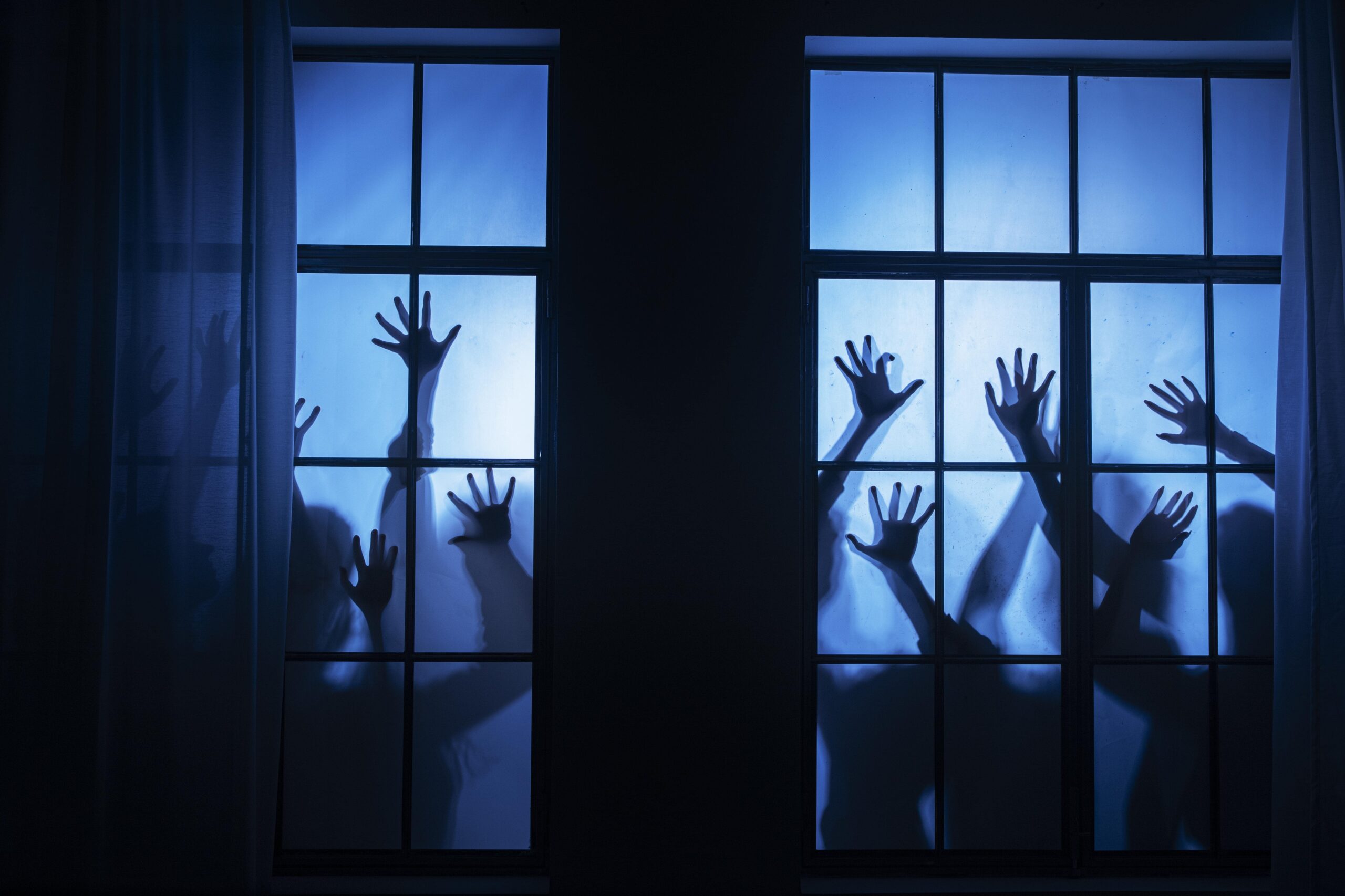The Power of Horror to Create Empathy
by Alan McDaniels | May 25, 2023
Building empathy is a powerful function of the stories. We all become emotionally involved in stories in varied degrees as we listen to them. We develop a predisposition toward empathy when something appeals to our basic emotions. Our ability to truly experience the customer’s trips increases as we begin to feel like they do. Your heart may become more open as a result of empathy, and some of the arduous situations may become softer. We become more understanding of people and are able to relate to them in different ways as we develop empathy for them, which strengthens our resilience—the capacity to recover from setbacks.
The study’s findings support the idea that horror movie viewing can help anxious people develop effective coping mechanisms and anxiety management skills. According to one researcher, the sense of power over a dread that horror films give viewers may be the reason for this positive reaction. To be stimulated is a primary reason we consume horror. Our bodies and minds can be stimulated in two different ways by exposure to terrible events or even just the expectation of them: adversely (in terms of anxiety or fear) or favorably (in the form of exhilaration or joy).
Since it helps you forge closer connections with your audience, empathy is crucial in a story. Reader interest in your stories is something you want to achieve. In order for them to feel immersed in your narrative at every turn, you must first grab and hold their attention. It’s only a matter of finding ways to appeal to readers’ emotions and feelings.
Exaggerated facial and bodily expressions are a common technique used by performers in horror films to convey a variety of emotions, including dread, shock, anxiousness, desperation, and tension. Introduce relatable, sympathetic characters to the audience before putting their lives in danger to create the most suspense. The story is given the element of risk required for authentic suspense by the reader’s involvement in likable individuals who are in danger.
The ability to empathize with characters in a horror narrative is sometimes defined as the ability to root for them and feel a connection to them, even when you know that for some of them, survival may not be an option. This is what builds tension and suspense in a horror story. There is also a component of placing yourself in the characters’ situations and picturing what it could be like. Empathy is a word that encompasses all of this.
The purest form of horror, on the other hand, actually encourages empathy for others. It is crucial to these stories’ success. As a matter of fact, if horror serves a greater purpose than just providing pleasure (which is by and large itself a very lofty ambition), it would be to foster and cultivate a strong sense of compassion for people who are struggling or in need and to make you experience their suffering as if it were something you were experiencing.
Your child may find and learn to manage their own personal fears and phobias by watching horror movies. It is known as “catharsis,” a process that involves purging and eradicating emotions—particularly fear—through any significant alterations in emotions that promote rejuvenation and recovery. Trauma addiction is linked to biology and can result from watching scary movies, for example. This is how the movies cause worry and anxiety by activating the sympathetic nervous system of the body. Some people find excitement in the tension. After the film is over, there is a reward.
The fight-or-flight reaction, which is accompanied by an increase in dopamine, endorphins, and adrenaline, can be elicited by horror entertainment. The environment can then be processed by the brain, leading it to the conclusion that the event is not actually dangerous. One of the reasons horror movie lovers often watch spooky movies is their awareness of personal safety.

